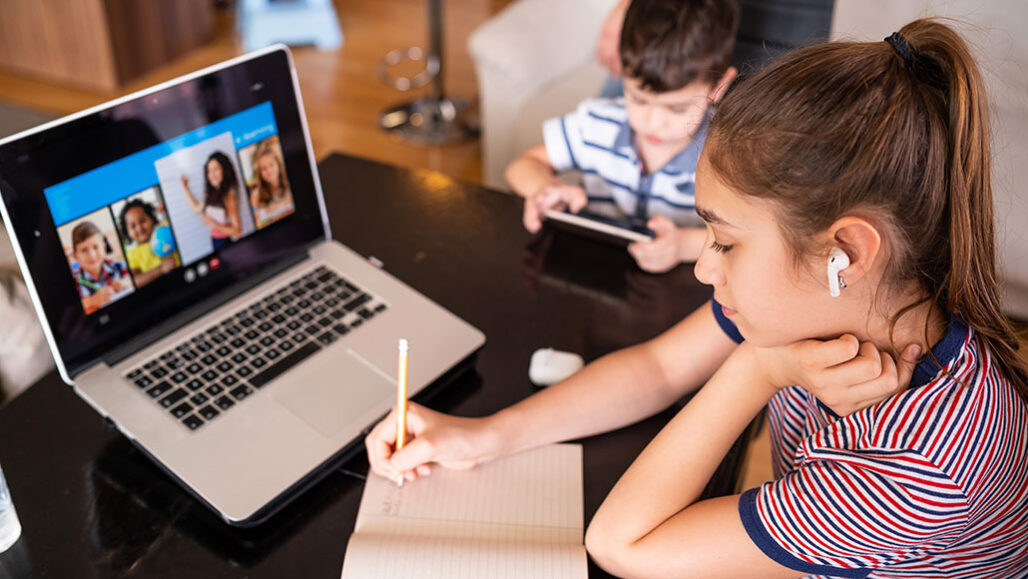Questions for “Healthy screen time is one challenge of distance learning”

Screen time for classwork isn’t bad, experts say. Sometimes it can provide flexibility in your schedule. But, they add, your time online should never get in the way of exercise and sleep time.
valentinrussanov/E+/Getty Images